Dried Grass Straw: The Eco-Friendly Straws from Vietnam
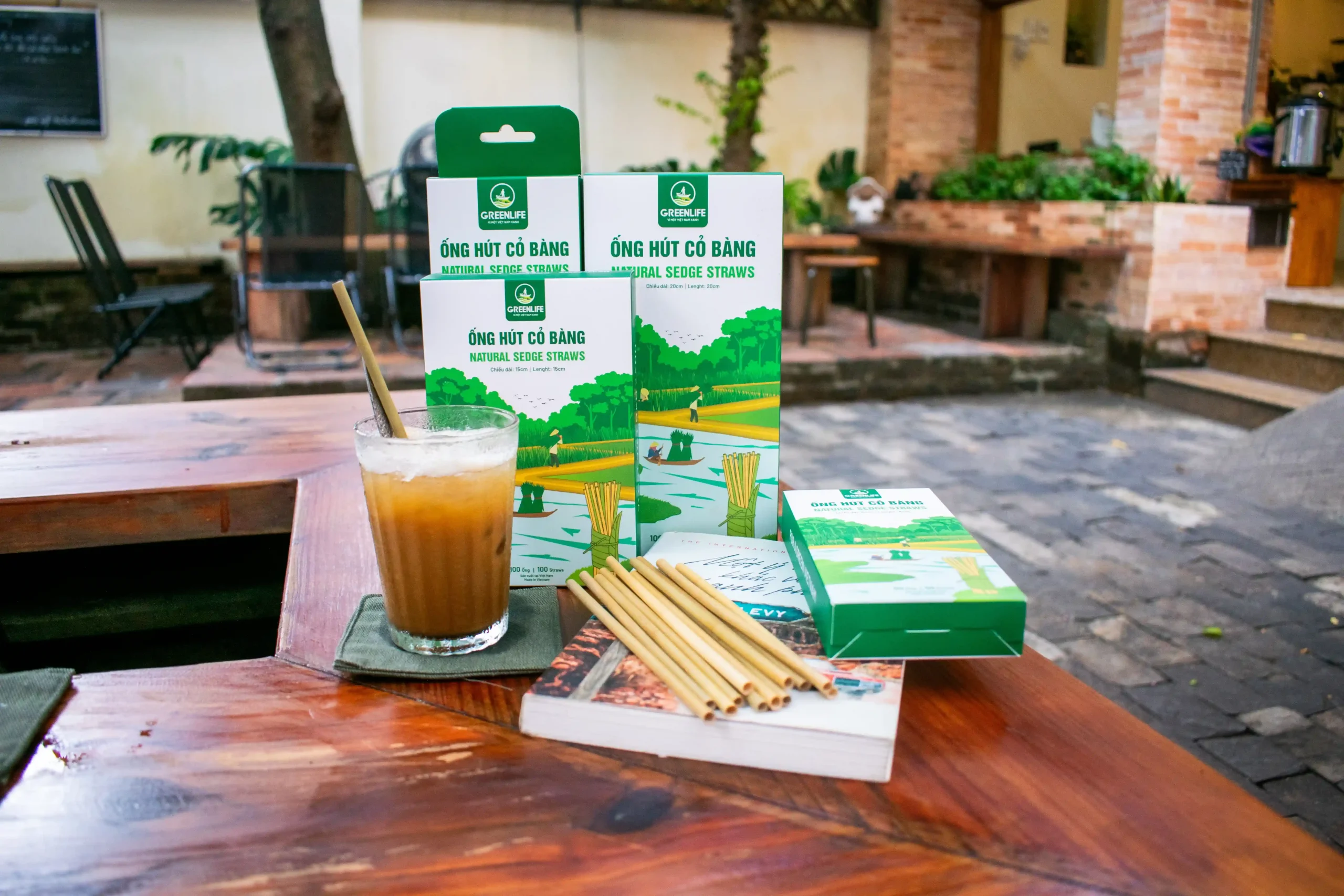
Dried grass straws, a natural innovation originating from the Mekong Delta in Vietnam, are revolutionizing how we think about disposable utensils. Made from Lepironia articulate, a type of sedge grass, these biodegradable alternatives are paving the way for a more sustainable future by reducing reliance on plastic. Their sturdy, eco-friendly construction ensures usability for both hot and cold beverages, offering an excellent solution for environmentally conscious consumers worldwide.
The origins of dried grass straws
In the heart of the Mekong Delta, where intricate waterways meet fertile floodplains, lies the origin of a remarkable natural resource: Lepironia articulate, commonly known as grey sedge grass. This resilient plant thrives in wetland ecosystems, forming dense carpets across the marshlands that define much of southern Vietnam’s geography. For centuries, the Mekong Delta has been a cradle of biodiversity, with communities living in harmony with the land’s abundant resources. Grey sedge grass is one such resource, long known to locals but only recently gaining international attention.
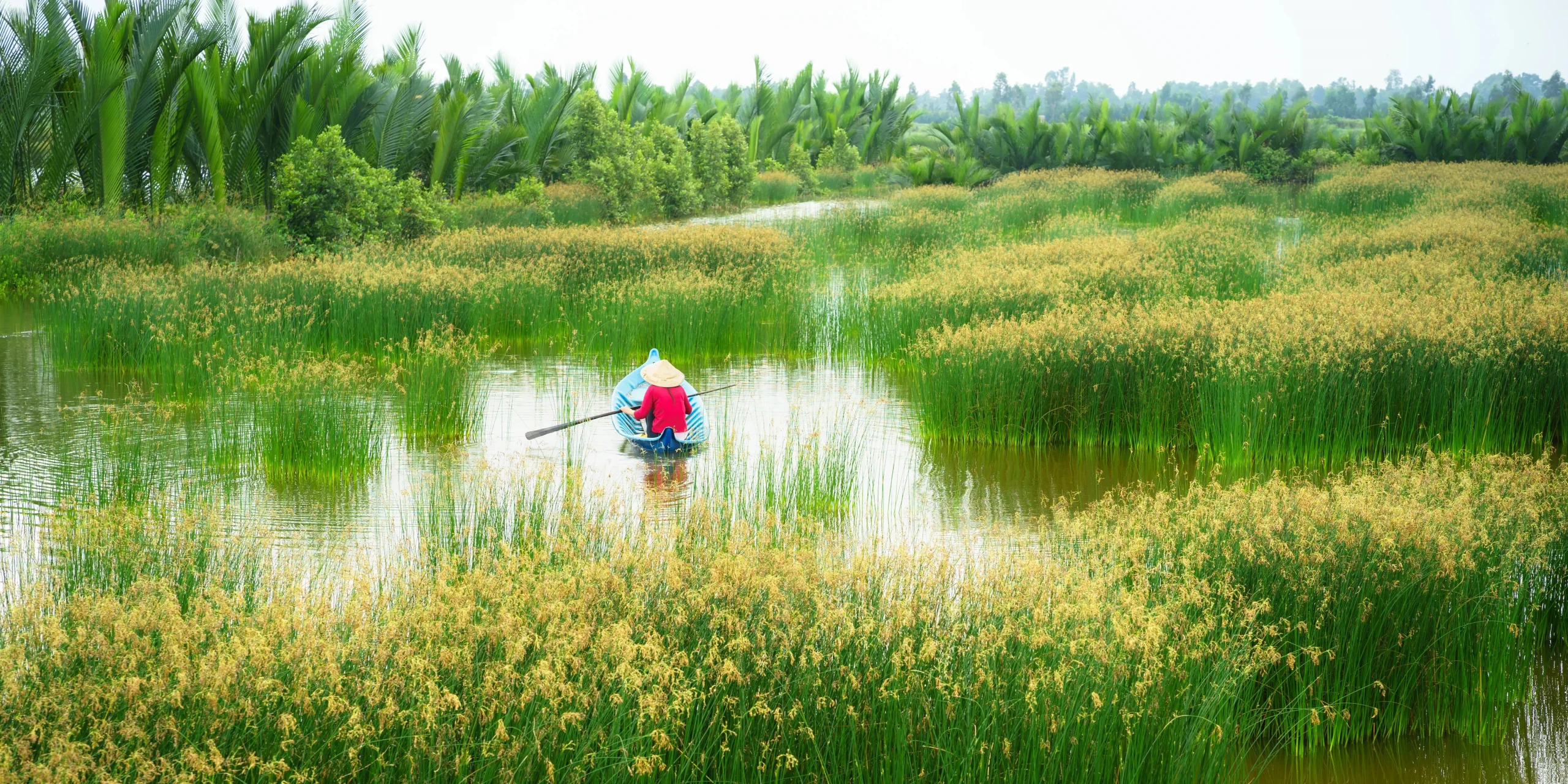
Characterized by its slender, hollow stems and hardy nature, Lepironia articulate has adapted to thrive in the region’s tropical climate and brackish waters. Historically, villagers in provinces such as Đồng Tháp and Cà Mau utilized the grass for mat-making, household goods, and even traditional roofing. However, its transformation into eco-friendly drinking straws is a modern innovation grounded in both necessity and creativity. The rising demand for sustainable alternatives to plastic has turned this humble sedge grass into a symbol of Vietnam’s ingenuity in environmental solutions.
What makes grey sedge grass uniquely suitable for straw production lies in its structure. The plant’s hollow stem is naturally smooth, durable, and resistant to moisture—qualities that eliminate the need for chemical processing. Traditional harvesting methods further enhance its environmental credentials. Locals collect the grass mostly by hand from its natural wetland habitat, preserving the surrounding ecosystem while ensuring the quality of each stem. These sustainable practices reflect the approach of the communities who live amidst the delta’s waterways, relying on nature without overexploiting its gifts.
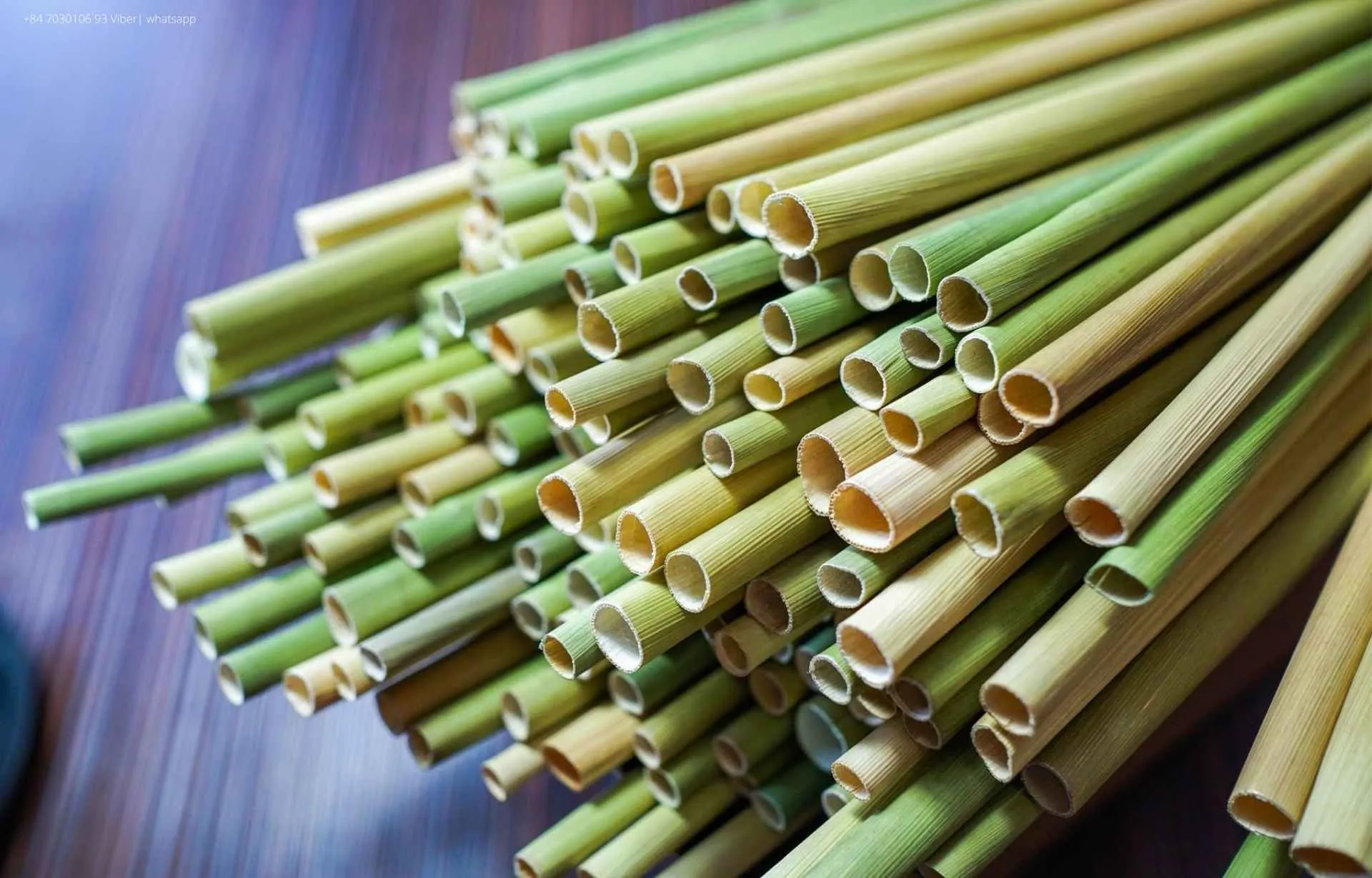
For readers interested in the broader environmental impact and benefits of these straws, you can explore how they contribute to greener solutions in food and beverage industries. Their story is part of a larger movement to replace disposable plastics with biodegradable materials—starting with innovative products like dried grass straws.
The journey of grey sedge grass, from swamps to sustainable drinking tools, is a testament to the relationship between Vietnam’s natural resources and the innovative spirit of its people. By tracing the origins of this eco-friendly solution, we gain a deeper appreciation for the delicate balance of nature and innovation taking place in the Mekong Delta today.
Crafting the perfect eco-straw
Behind every dried grass straw lies a meticulous and sustainable production process that prioritizes both the environment and local craftsmanship. In the Mekong Delta, this journey begins with the careful hand-harvesting of Lepironia articulata, a wetland grass known for its flexibility and hollow structure—ideal for creating straws. Farmers, who often pass down this expertise through generations, ensure that only mature stalks are selected. This practice not only maintains the quality of the final product but also promotes sustainable growth cycles in the fields.
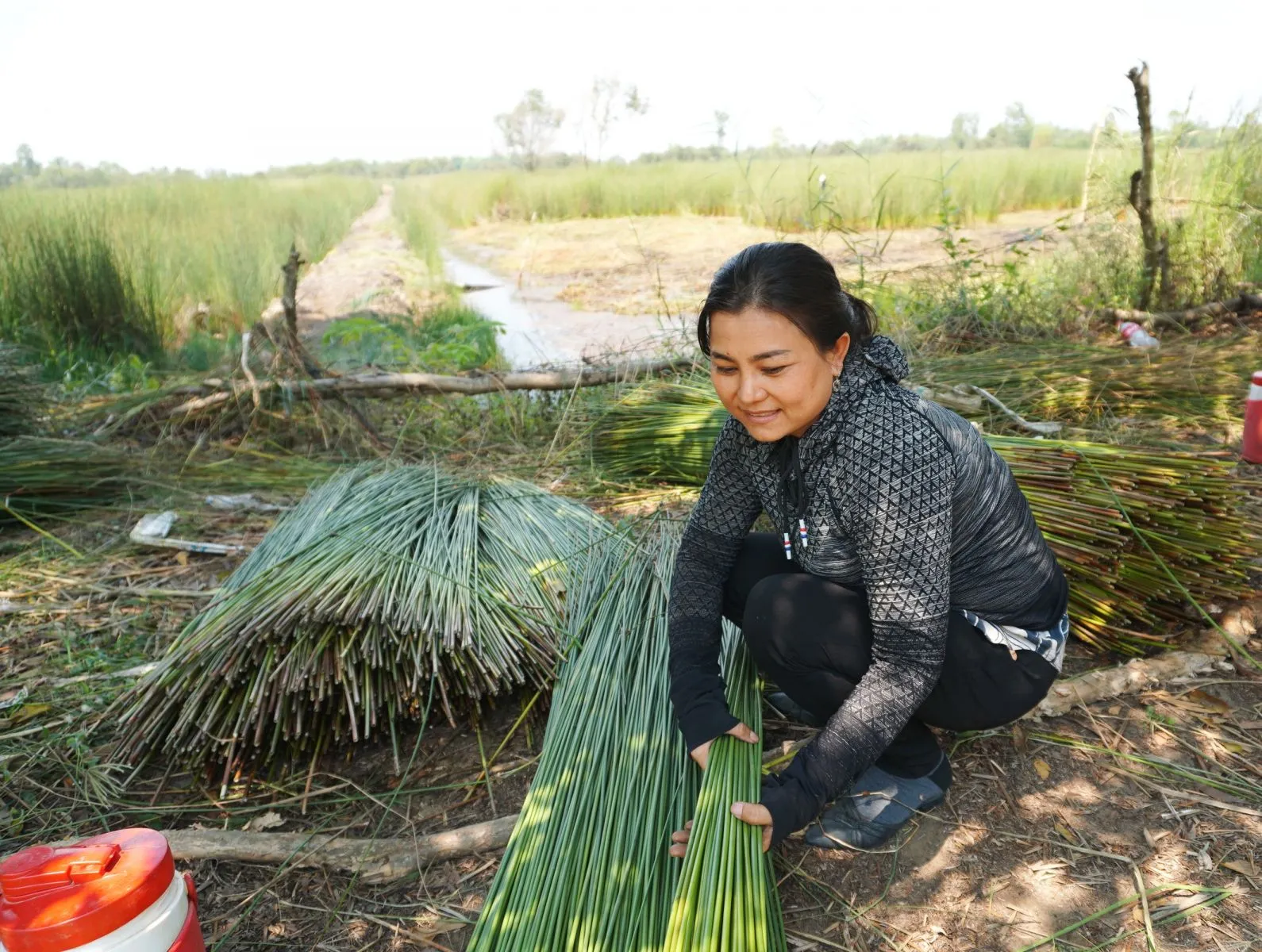
Once the grass is harvested, the next step is thorough cleaning—and not just any cleaning. The process avoids the use of harmful chemicals entirely. Instead, the grass is rinsed multiple times in clean water to remove dirt and residue. This step is critical to preserving the natural integrity of the material while also ensuring it remains safe for everyday use. For added hygiene, some artisans employ boiling methods or steam treatments, again relying solely on natural means.
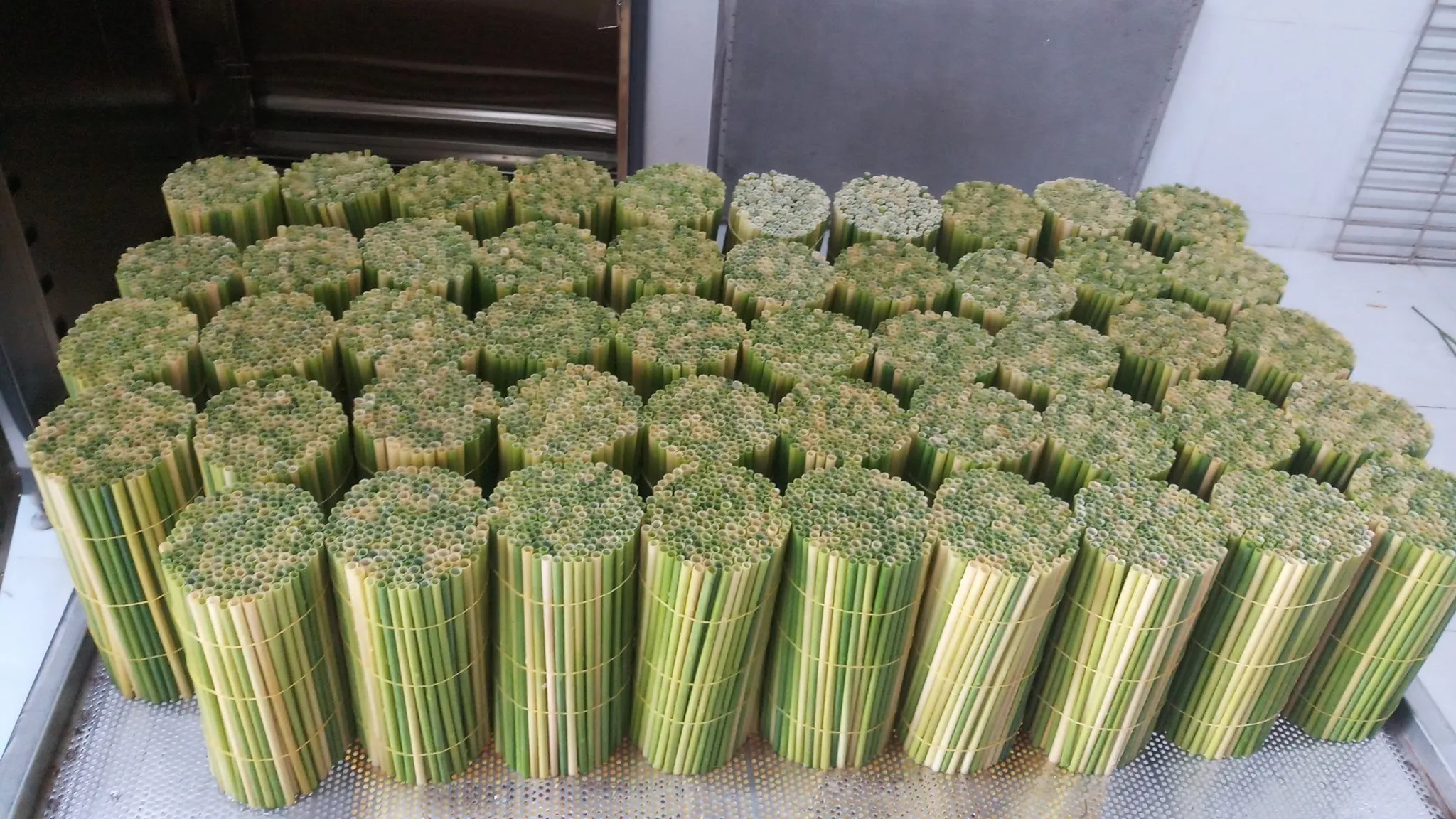
The dried grass then proceeds to the crucial stage of drying. Depending on the weather and intended use, manufacturers alternate between sun-drying and low-temperature oven drying. Sun-drying, in particular, allows the straws to retain their organic aesthetic and unique earthy aroma. The low-temperature method, on the other hand, provides a consistent finish, suitable for large-scale production. These techniques ensure the grass straws are preserved without introducing artificial coatings or additives, cementing their status as fully compostable and biodegradable alternatives.
What sets this process apart is the harmony it brings between tradition and sustainability. Each step reflects a respect for natural materials while responding to the global call for eco-friendly solutions. The final product is more than just a straw—it’s a testament to human ingenuity and environmental responsibility.
For more details about the unique qualities and benefits of grass straws, you can explore this resource on sustainable options.
Environmental benefits of dried grass straws
One of the most notable environmental benefits of dried grass straws is their natural compostability. Unlike plastic straws, which can persist in the environment for hundreds of years, grass straws decompose easily. In a composting environment, they break down fully within approximately 30 to 60 days, depending on conditions such as temperature and moisture. This rapid breakdown helps reduce waste accumulation and minimizes the pressure on landfills.
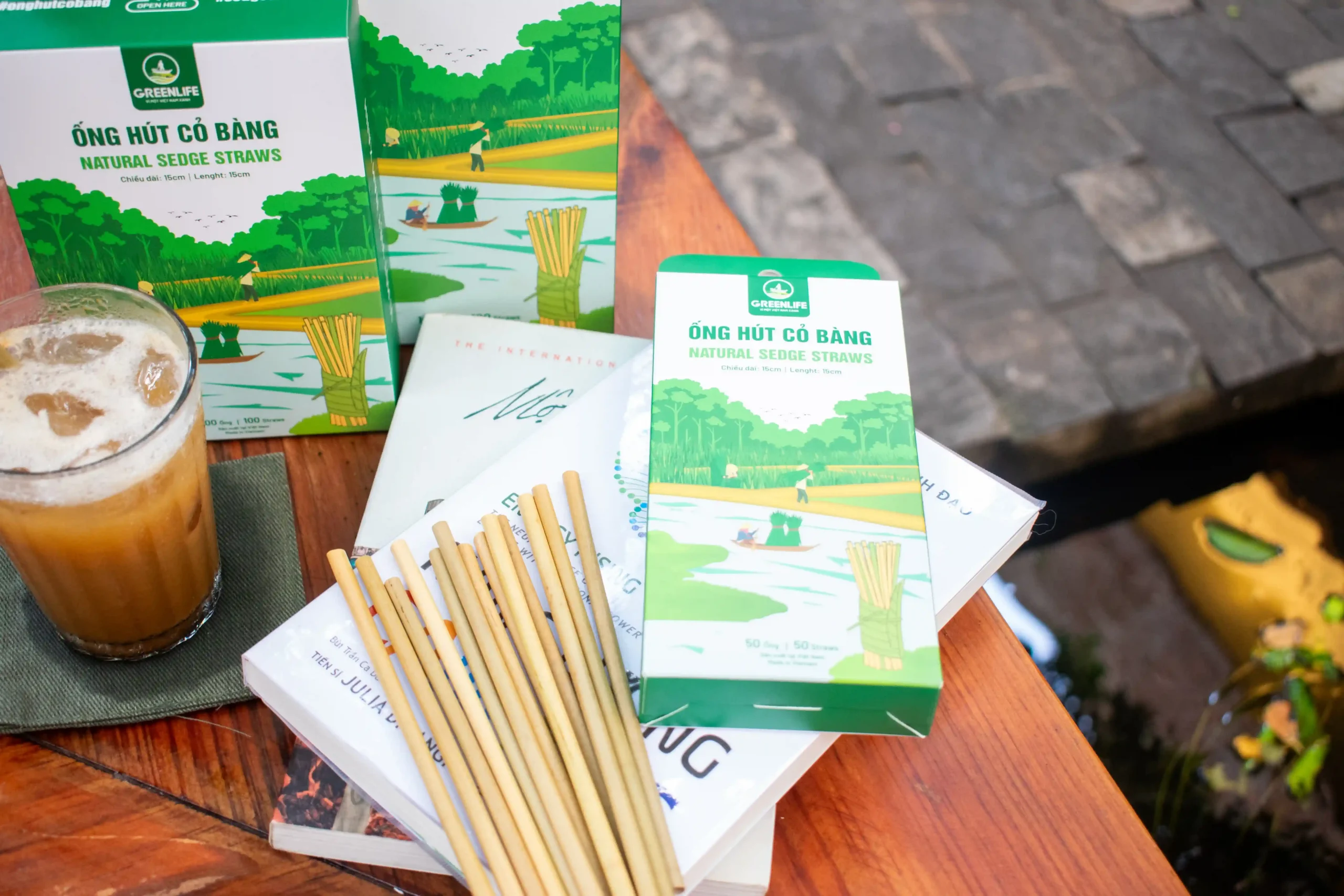
Additionally, dried grass straws are truly biodegradable without leaving microplastic particles behind. Plastic straws, as they degrade, often fragment into microplastics that can contaminate waterways and harm marine life. In contrast, grass straws return to the earth as organic matter, enriching the soil rather than polluting it. This property allows them to fit seamlessly into the natural ecosystem, supporting sustainability.
Another significant advantage of dried grass straws is their reduced carbon footprint during production. The process of harvesting and drying grass requires minimal energy input compared to the fossil fuel-intensive manufacturing of plastics. Moreover, this industry supports local communities in the Mekong Delta, where the grass grows abundantly without the need for synthetic fertilizers or pesticides. This reliance on a renewable, locally-available material reinforces both environmental and economic sustainability.
By choosing dried grass straws, environmentally-conscious consumers and businesses are taking an active step toward reducing global plastic pollution. This innovation doesn’t just provide an immediate solution to single-use plastic waste but also promotes a circular economy. For further details on the role of grass straws as a green alternative, visit Green Life’s exploration of their advantages.
Why dried grass straws are a user favorite
Dried grass straws from Vietnam have quickly become a preferred choice among eco-conscious consumers. But what makes them so popular? The secret lies in their unmatched usability, comfort, and high versatility, making them stand out as an ideal alternative to plastic straws.
One of the most significant advantages of dried grass straws is their ability to perform exceptionally well in both hot and cold beverages. Unlike plastic straws, which can warp at high temperatures, and paper straws, which often become soggy, dried grass straws maintain their structure and usability. Whether it’s iced coffee or a steaming cup of tea, users can rely on these straws to enhance their drinking experience without any compromise.
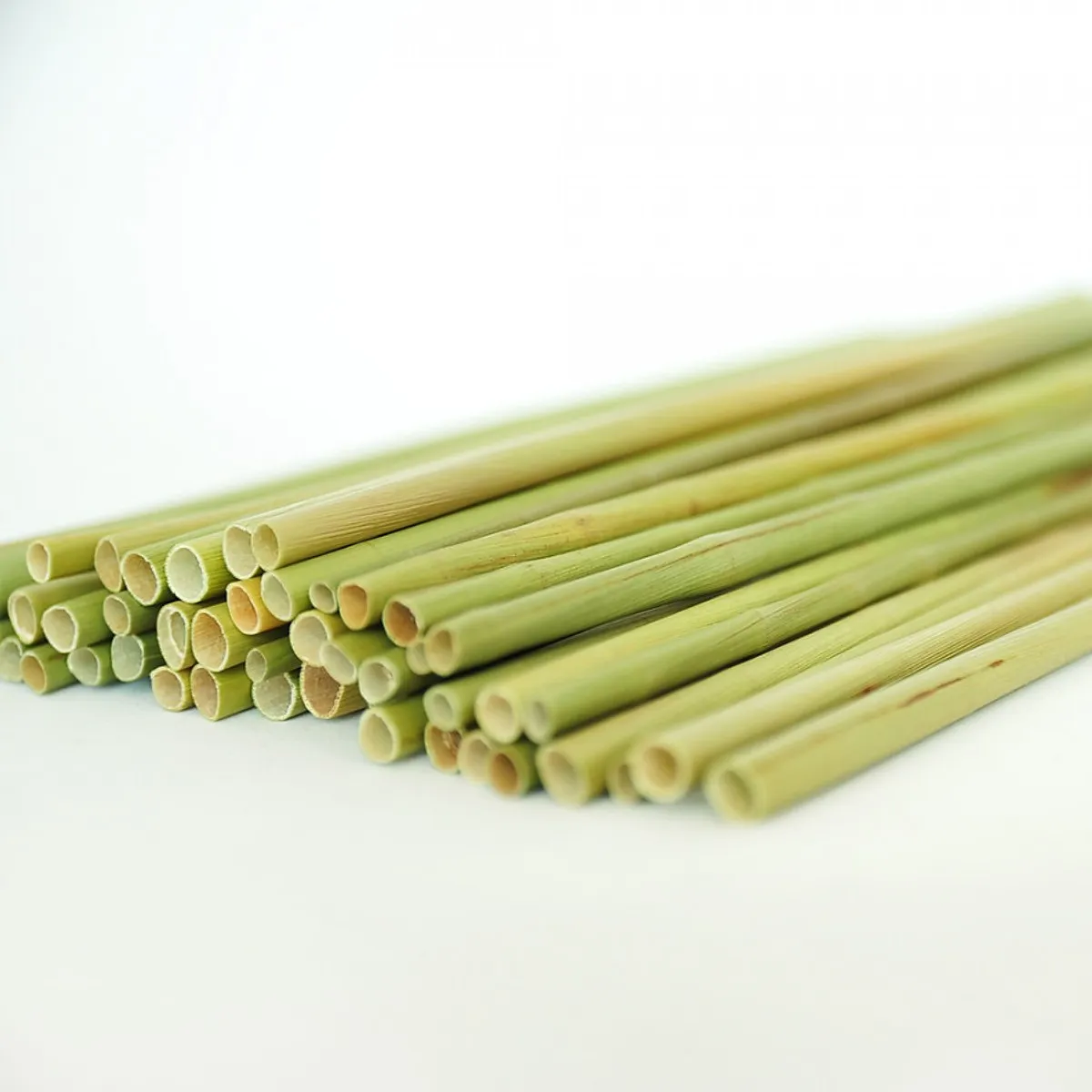
Another reason for their popularity is the comfort they provide during use. The texture of the grass is natural and smooth, avoiding the waxy or artificial feel of plastic or the rough edges of poorly made paper options. The straws are also odorless and tasteless, ensuring that they don’t interfere with the flavor of the drink. This makes them suitable for a wide variety of beverages, ranging from cocktails to smoothies.
Furthermore, their versatility extends beyond drinks. In addition to being eco-friendly tableware, these straws reflect an appreciation of nature’s simplicity, giving them a special aesthetic appeal. They are often used in cafes, restaurants, or even at home to add a touch of sustainability and sophistication to any setting.
Last but not least, dried grass straws are biodegradable and compostable, making them an excellent option for minimizing waste. Their natural origins, particularly from the nutrient-rich soils of Vietnam’s Mekong Delta, ensure they not only serve their purpose well but also leave no long-lasting impact on the environment. This unique combination of functionality and eco-friendliness explains why they have become a favorite choice for many worldwide.
To learn more about the impressive benefits of natural dried grass straws and their applications, visit this detailed resource.
Final words
Dried grass straws symbolize a practical and impactful step towards sustainability. Emerging from the lush landscape of Vietnam’s Mekong Delta, they serve as an eco-friendly alternative to plastic while offering durability and usability. As more people adopt this green choice, the reduction of single-use plastic pollution can create a healthier planet for future generations.
Make the switch to eco-friendly drinking today.
Learn more: https://www.green-life.com.vn